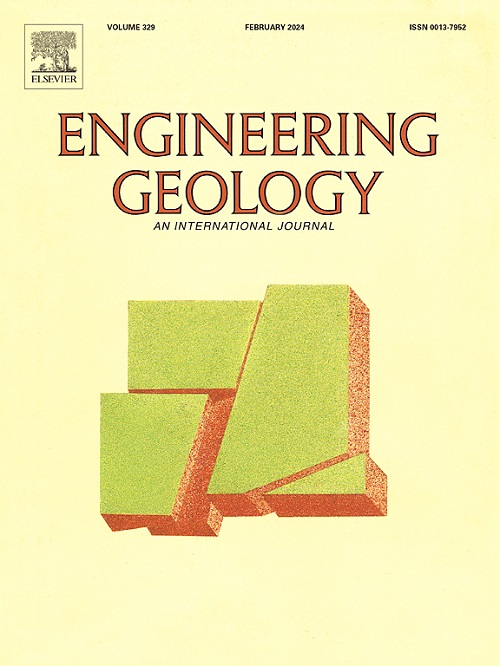利用非侵入式地震数据勘探新加坡的地热潜力
IF 6.9
1区 工程技术
Q1 ENGINEERING, GEOLOGICAL
引用次数: 0
摘要
本文章由计算机程序翻译,如有差异,请以英文原文为准。
Geothermal potential in Singapore explored with non-invasive seismic data
Singapore is dedicated to developing geothermal resources to meet rising energy demand and achieve net-zero emissions by 2050. While above-average heat flow and local hot springs suggest high geothermal potential beneath Singapore, the associated deep thermal sources remain underexplored due to a limited understanding of the subsurface structure. Applying ambient noise tomography and converted/reflected body-wave imaging to new seismic data from North Singapore reveals a highly fractured, fluid-saturated shallow geothermal reservoir located southeast of the Sembawang Hot Spring in the Yishun district. This reservoir exhibits low Vs (< 3.2 km/s) and high Vp/Vs (> 2.1). At a greater depth of ∼4 km, a crustal seismic discontinuity indicates a transition from the upper Bukit Timah Granite to the porous metasedimentary basement, where a deep aquifer might form, supplying the shallow reservoir and, ultimately, the Sembawang Hot Spring through the fault and fracture system. Our results highlight Yishun as a potential site for deep drilling in future geothermal explorations, and more broadly, provide new insights into the deep heat sources of numerous medium-to-low enthalpy geothermal sites throughout the Southeast Asian batholiths.
求助全文
通过发布文献求助,成功后即可免费获取论文全文。
去求助
来源期刊

Engineering Geology
地学-地球科学综合
CiteScore
13.70
自引率
12.20%
发文量
327
审稿时长
5.6 months
期刊介绍:
Engineering Geology, an international interdisciplinary journal, serves as a bridge between earth sciences and engineering, focusing on geological and geotechnical engineering. It welcomes studies with relevance to engineering, environmental concerns, and safety, catering to engineering geologists with backgrounds in geology or civil/mining engineering. Topics include applied geomorphology, structural geology, geophysics, geochemistry, environmental geology, hydrogeology, land use planning, natural hazards, remote sensing, soil and rock mechanics, and applied geotechnical engineering. The journal provides a platform for research at the intersection of geology and engineering disciplines.
 求助内容:
求助内容: 应助结果提醒方式:
应助结果提醒方式:


